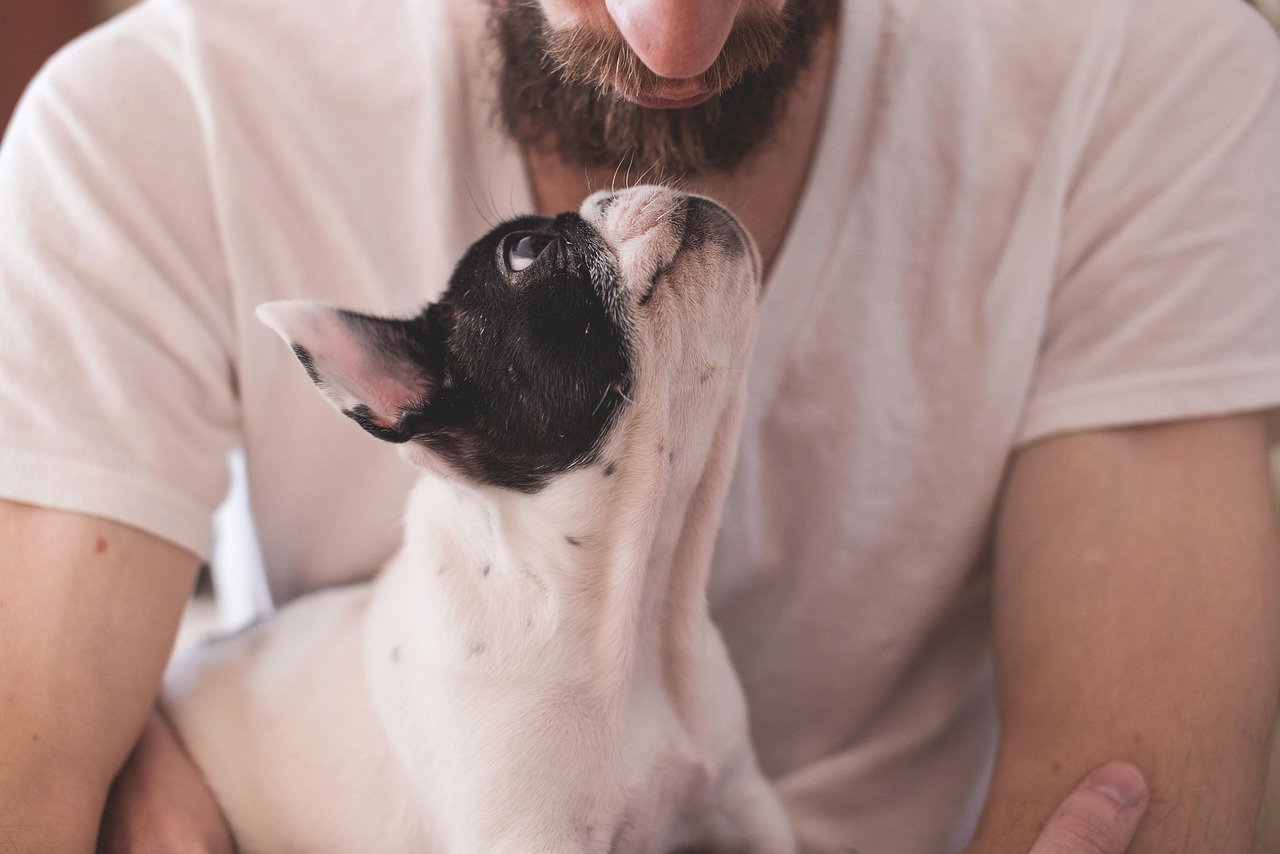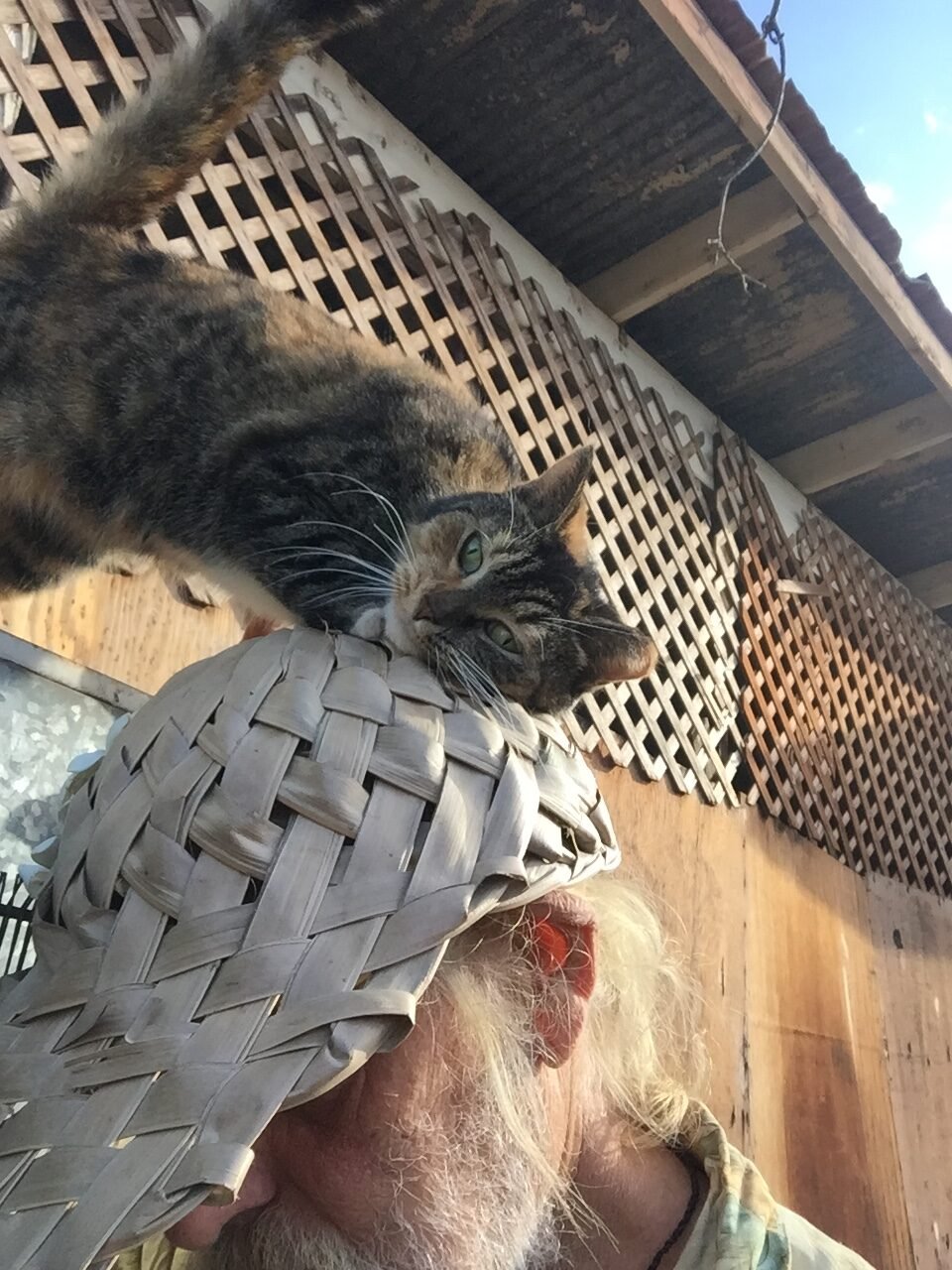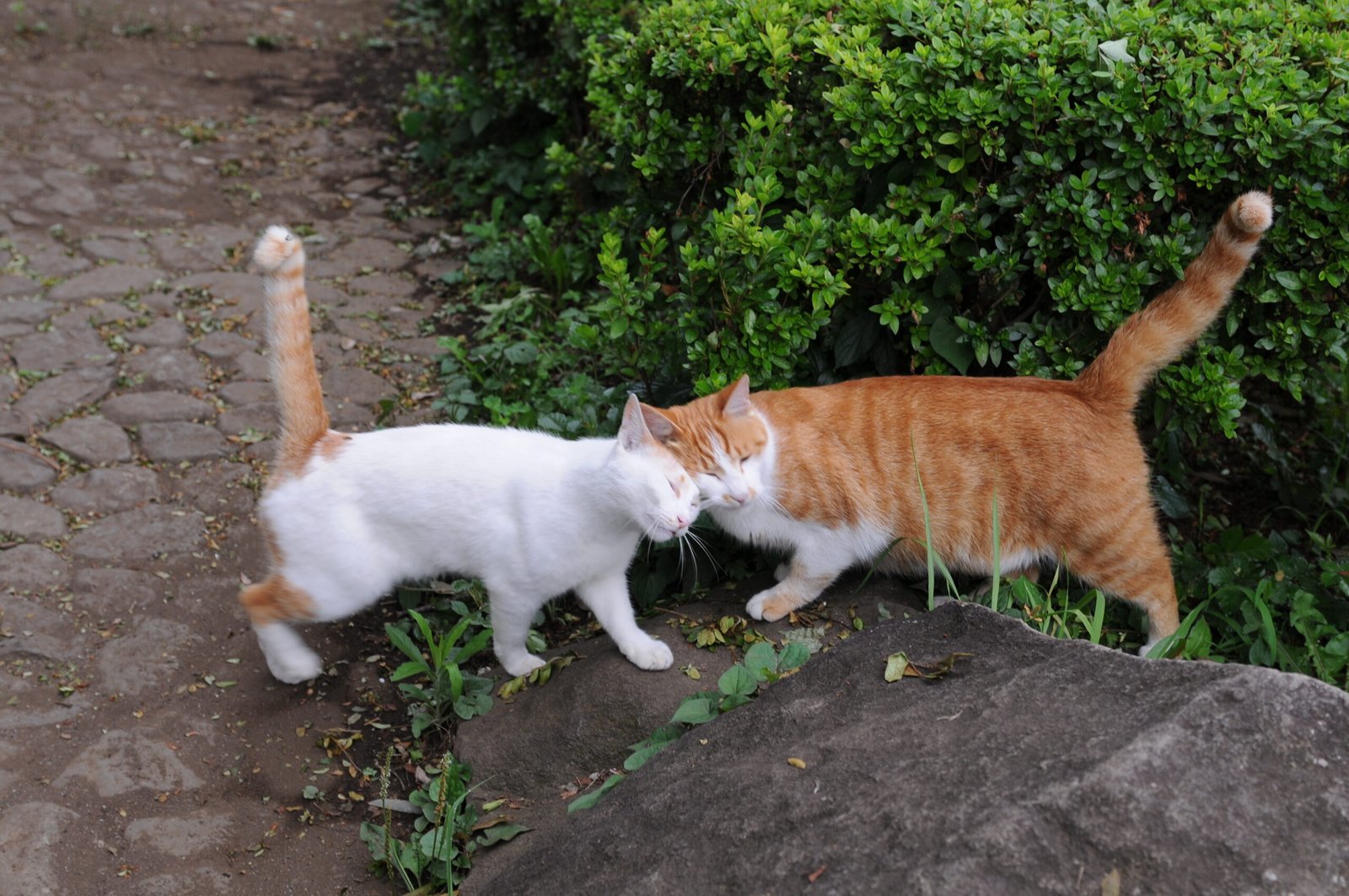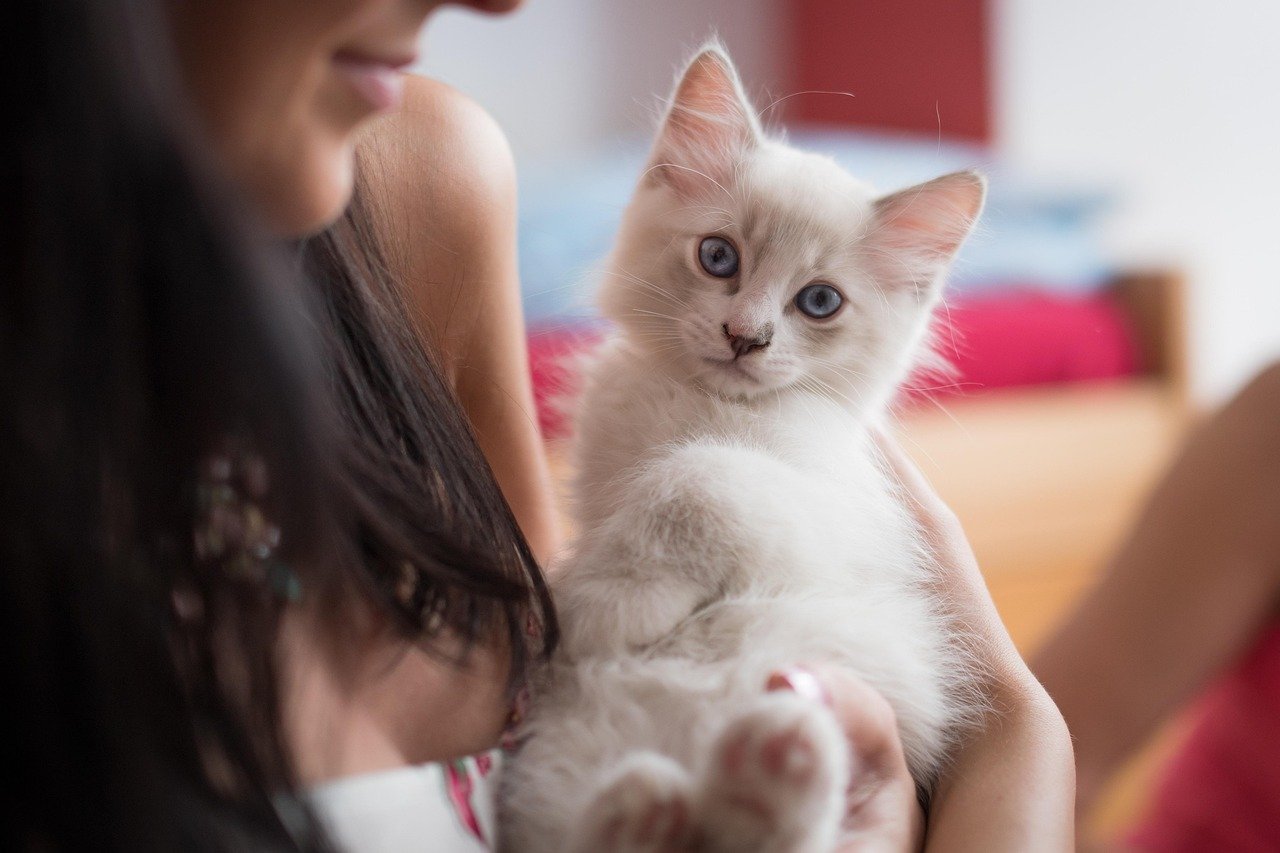Cats are known for their enigmatic and quirky behaviors, one of which is bunting. This unique form of feline communication where a cat keeps head bumping its owner or others in the family is often misunderstood by many cat owners. So, what exactly is cat bunting and why does a cat do it? Lets explore what it is, why cats do it, and the different ways they express this behavior. For every cat lover, understanding these signs can deepen the bond between you and your furry friend.
What is Cat Bunting?

Cat bunting is a behavior where a cat gently bumps its head against people, objects, or other animals. This action, often accompanied by rubbing, is more than just a simple nudge. It’s a form of communication and affection that cats use to convey various messages. Unlike a headbutt in human terms, cat bunting is gentle and soft, indicating trust and bonding.
This behavior can be seen as a cat’s way of marking its territory. Cats have scent glands located in their forehead, cheeks, and chin, and when they bunt, they leave their scent behind. This scent-marking is a way of claiming ownership and creating a familiar environment. For cats, scent is an essential part of their communication, and bunting plays a crucial role in it.
The Gentle Head Bump

One of the most common signs of bunting is the gentle head bump. This action is often directed at a person or another animal, showing affection and trust. When your cat bumps its head against you, it’s their way of saying, “You’re part of my family.” This behavior is usually accompanied by purring, indicating contentment and happiness.
The gentle head bump can also be a way for cats to seek attention. If your cat suddenly starts bunting you while you’re busy, it might be their way of asking for some quality time together. It’s essential to respond positively to this behavior, as it strengthens the bond between you and your feline friend.
Nuzzling with Other Cats
Bunting isn’t limited to interactions with humans and inanimate objects; it also occurs between cats. When two cats nuzzle each other, it’s a sign of friendship and mutual trust. This behavior is often seen in cats that share a strong bond, such as littermates or long-time companions.
Nuzzling is an essential part of feline social structure. It helps reinforce bonds and establish a sense of community within a group of cats. If you have multiple cats at home, observing them nuzzle each other can be a heartwarming sight, indicating a harmonious household.
Facial Rubbing

Facial rubbing is another form of bunting that involves a cat rubbing its face against objects or people. This behavior allows cats to transfer their scent effectively, marking their territory and creating a sense of ownership. It’s common to see cats engaging in facial rubbing on door frames, corners, and even their favorite humans.
For cat owners, facial rubbing is a sign of affection and trust. When your cat rubs its face against you, it’s a way of saying, “You belong to me.” Embracing this behavior and reciprocating with gentle petting can strengthen the bond between you and your feline companion.
Cheek Rubbing
Cheek rubbing is a specific form of bunting where a cat uses its cheeks to rub against objects or people. This behavior is particularly important because the cheeks contain scent glands that release pheromones. By cheek rubbing, cats leave their scent, marking their territory and establishing a sense of familiarity.
Cheek rubbing is often observed when a cat encounters new objects or people. It’s their way of investigating and claiming ownership. When your cat cheek rubs against you, it’s a sign of acceptance and trust. Responding with gentle strokes can enhance the bond and create a positive interaction.
Chin Rubbing
Chin rubbing involves a cat using its chin to rub against surfaces or individuals. This behavior is similar to cheek rubbing, as the chin also contains scent glands. Cats use chin rubbing to mark objects and people with their scent, creating a sense of security and belonging.
Chin rubbing is often seen when a cat is feeling relaxed and content. When your cat engages in this behavior, it’s a sign that they feel comfortable and safe in their environment. Encouraging chin rubbing by offering your hand or a soft object can be a delightful way to interact with your cat.
Bunting During Play
Bunting isn’t limited to calm and relaxed moments; it can also occur during play. Cats may bunt their toys or playmates as a way of expressing excitement and enthusiasm. This behavior adds an extra layer of fun to their playtime and strengthens their bond with their playmates.
Bunting during play is a sign of a happy and engaged cat. It indicates that your feline friend is enjoying the activity and feels comfortable in their surroundings. Encouraging playtime and engaging in interactive games can enhance your cat’s overall well-being and strengthen your relationship.
Bunting as a Greeting
When a cat greets you with a head bump or rub, it’s a sign of warmth and affection. Bunting as a greeting is a way for cats to acknowledge your presence and express their happiness to see you. This behavior is often accompanied by purring and tail wagging, indicating a positive and friendly interaction.
For cat owners, bunting as a greeting is a heartwarming experience. It signifies that your cat values your presence and considers you an essential part of their life. Responding with gentle petting and affectionate words can make the greeting even more special.
Signs of Stress Relief
Bunting can also serve as a stress-relief mechanism for cats. When a cat feels anxious or stressed, engaging in bunting behavior can help them calm down and feel more secure. Rubbing their scent on familiar objects or people provides a sense of comfort and reassurance.
As a cat owner, it’s essential to recognize when your cat is using bunting as a stress-relief technique. Providing a calm and safe environment, along with positive reinforcement, can help alleviate their stress and create a peaceful atmosphere for your feline friend.
Understanding Bunting in Different Breeds

While bunting is a common behavior among all cats, different breeds may exhibit it in varying ways. Some breeds, like the affectionate Ragdoll or the social Siamese, may engage in bunting more frequently and intensely. Understanding the unique characteristics of your cat’s breed can provide valuable insights into their bunting behavior.
For example, a Maine Coon might bunt with more force due to its larger size, while a delicate Persian may engage in gentle and subtle bunting. Recognizing these differences can help you better understand your cat’s personality and preferences.
Conclusion: Embracing the Love Language of Cats
Cat bunting is a beautiful and intricate form of feline communication that goes beyond simple head bumps and rubs. It’s a language of love, trust, and connection that cats use to express their feelings and mark their territory. Understanding and embracing this behavior can deepen the bond between you and your feline companion.
By recognizing the signs of bunting and responding positively, you can create a loving and harmonious relationship with your cat. Whether it’s a gentle head bump, a playful nuzzle, or a soothing chin rub, each act of bunting is a testament to the unique and special bond you share with your furry friend.

Born and bred in South Africa, a Capetonian at heart. Amy-Leigh’s love for nature and animals was inherited from her Dad. He loves taking the family on road trips to experience nature at its finest; Amy-Leigh’s favourite being whale watching in Hermanus and spotting Kudu along the West Coast. Amy-Leigh holds a BA in English Literature and Communication Studies.





